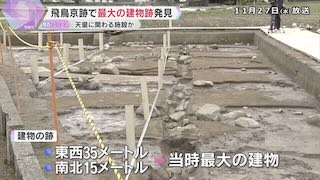Feb 22 (National Geographic) - One way to appreciate the national parks of Japan is to look at them through the philosophy of godai, or the “five elements”.
A study of the nature of things, godai is represented by, and named after, the classical elements of Earth, Water, Fire, Wind, and Void – all of which are on display in Japan’s national parks.
The Earth element of godai most directly refers to stone, rock and other solid components of earth, but in a philosophical sense it also calls to mind a stable foundation. In the context of Japan’s national parks, nothing is as foundational as the concept of coexistence; of seeking to preserve for future generations not just the nature and wildlife in designated areas, but also the lifestyles and culture of the local peoples living in the land.
Unzen-Amakusa National Park is a case in point. Part of the founding batch of national parks established in Japan in 1934 (then called Unzen), it is split into two contrasting areas where nature and people coexist. Visitors to the park will find the Amakusa archipelago and its 120 or so small islands, as well as the mountainous Shimabara Peninsula’s Mount Unzen, a collective of active volcanoes and fertile highlands featuring stunning flora.
In what is perhaps a powerful reminder of Earth’s might, a newborn volcano ripped into Unzen’s landscape in 1991. The 4,865-feet Heisei Shinzan is a striking study of geological forces at work, yet people still go about everyday life in its shadow. Elsewhere in the Unzen area, visitors find the geothermal wonders of the Unzen Jigoku hot-spring fields, where plumes of sulfuric steam and bubbling acid vents create an otherworldly scene. Locals have long used the region’s natural hot-springs for everyday activities such as bathing and cooking.
The Water element of godai can appear in many guises, from rivers and lakes to the qualities of fluidity and adaptability. These latter qualities characterize the ongoing development of Japan’s national park system, which since 1934 has expanded to a network of 34 parks nationwide.
Both the physical and metaphysical expressions of Water can be observed in Japan’s newest national park, Amamigunto, which was established in 2017 to cover a collection of islands and surrounding sea in the southernmost part of Kagoshima Prefecture.
Fire, the most dynamic of godai’s five elements, represents life itself, but also desire, passion and energy: all qualities that flicker in the resilience of the culture and communities nurtured across Japan's national parks.
Like all godai’s elements, Wind manifests itself in numerous ways. It represents things that grow, expand or have freedom of movement, whether that’s air or even the expansion of the human mind. ...continue reading















